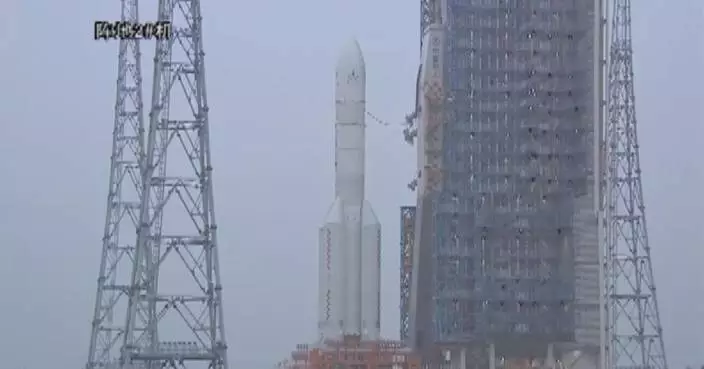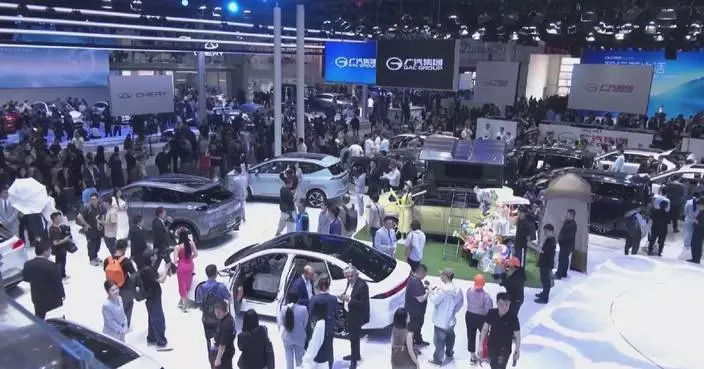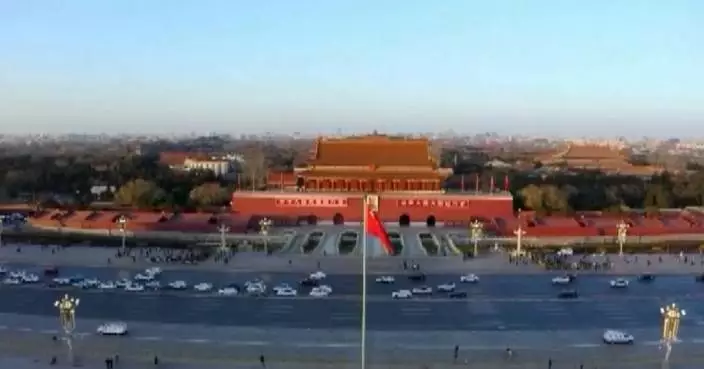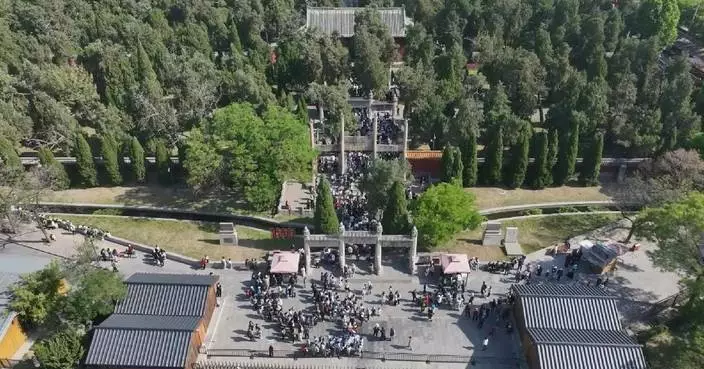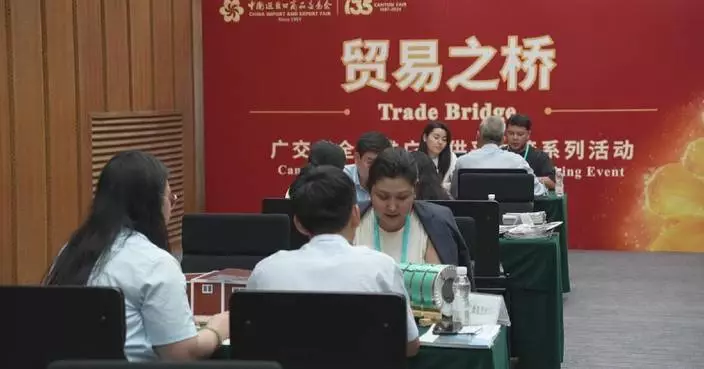China saw a substantial increase in tax revenue in certain sectors, with the country's accommodation and catering industries seeing growth of nearly 45 percent in the first quarter of 2024, said Vice Finance Minister Wang Dongwei on Monday.
Speaking at a press conference in Beijing, Wang briefed the media on the performance of tax revenue from various sectors in the first three months of this year, highlighting that tax revenue from industries such as cultural tourism and advanced manufacturing grew rapidly.
"In the service sector, tax revenue from the accommodation and catering industry, which has a high correlation with residents' consumption, increased by 44.7 percent; tax revenue from the culture, sports and entertainment industry increased by 26.7 percent; tax revenue from the transportation, warehousing and postal services industry increased by 6.8 percent; and tax revenue of the retail industry increased by 5.7 percent," said Wang.
All of this data reflects that the population's consumption vitality is being unleashed, the official highlighted.
In addition, tax revenue from the manufacturing industry declined in the first quarter of this year compared with the same period last year, which, however, saw stable growth when striping out the impact brought by incomparable factors such as the postponed tax payments of small and medium-sized enterprises, said Wang.
"Despite the impact of incomparable factors, tax revenues from some sub sectors of the manufacturing industry still showed growth and performed well. For example, tax revenue from the railroad transportation equipment manufacturing industry grew by 9.5 percent, and that from the computer manufacturing industry rose by 6.8 percent," said the official.
China's tax revenue registered 4.9172 trillion yuan (around 678.83 billion U.S. dollars) in the first three months of this year, maintaining steady growth after removing the impact of special factors.
China's general public budget revenue stood at 6.0877 trillion yuan (around 840.33 billion U.S. dollars) during the period, with a comparable growth of 2.2 percent, after deducting special factors, said Wang.
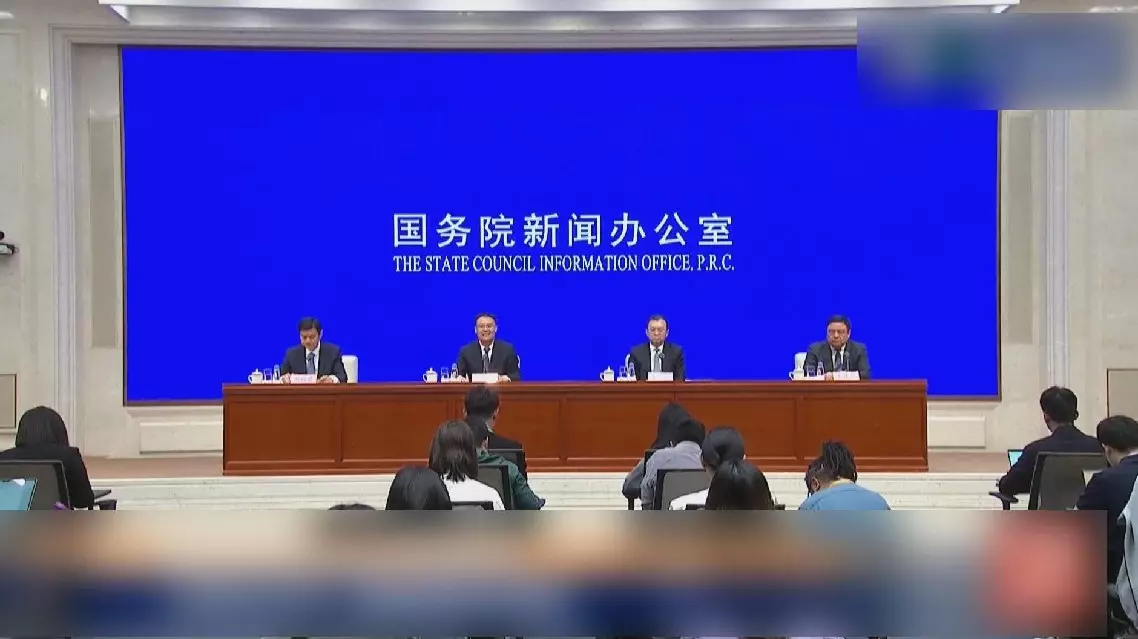
China sees substantial growth in tax revenue across certain sectors in Q1: official

China sees substantial growth in tax revenue across certain sectors in Q1: official



